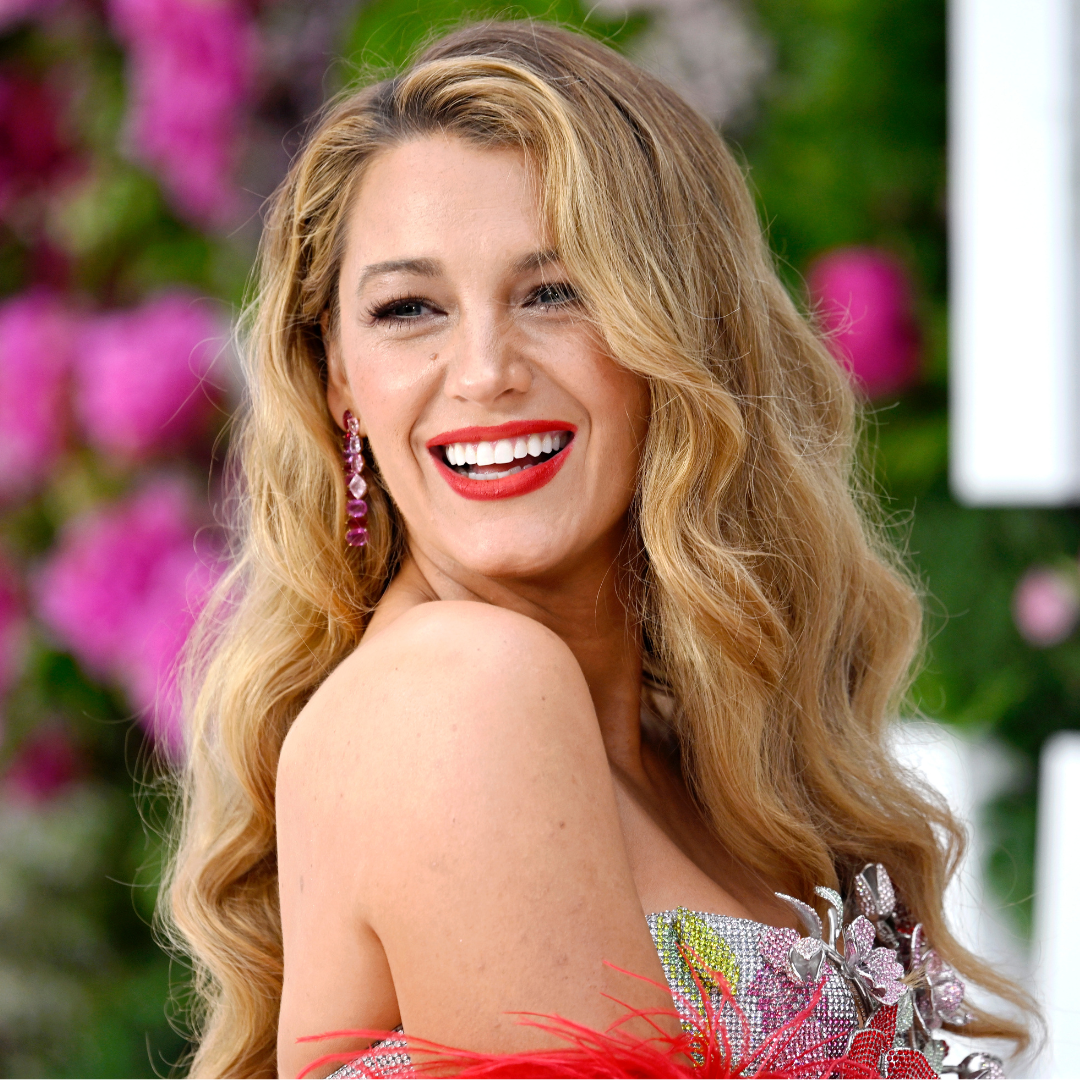Jennifer Aniston and Meghan Markle both swear by this low impact workout - and you can do it at home
For boosting strength, tone, and mental wellness, too.

- What is Ashtanga yoga?
- What are the benefits of ashtanga yoga?
- How to do Ashtanga yoga
- Ashtanga postures to practice
- 3. Triangle Pose (Trikonasana)
- 4. Seated Forward Fold (Paschimottanasana)
- 5. Cobra Pose (Bhujangasana)
- 6. Shoulder Stand (Sarvangasana)
- 7. Fish Pose (Matsyasana)
- 8. Lotus Pose (Padmasana)

Fun fact for you: you don't have to bust a gut and get your heart rate through the roof to have an effective workout. Far from it, actually, as more and more studies show that low impact workouts like Pilates, barre, and Ashtanga yoga are just as good for strengthening and toning your body, sans risk to your joints.
Stars including Jennifer Aniston, Reese Witherspoon and Meghan Markle are all reported to be fans of the latter, so it's probably no surprise that interest is currently surging, with search for the term at breakout on Google.
Wondering what Ashtanga yoga actually is and why the stars supposedly swear by it? In short, it's a type of yoga that's one of the most popular in the Western World. There are a whole load of benefits of yoga, but as one of the most physically demanding, it promises to boost tone, strength and mental wellness, too.
Why opt for a yoga flow? Well, as above, they're low impact and great for boosting both physical and mental wellbeing, not to mention they're having a bit of a moment. More people are turning to yoga than ever, with one 2021 British Medical Journal study discovering yoga is one of the best tools for reducing depression symptoms, with other studies showing that yogis who practice longer term have improved metabolisms and reduced back and arthritis pain.
Ready to learn more about the workout? Keep scrolling as experts Angie Tiwari, yoga instructor and founder of Unearthed, Ana Stefan, movement coach and yoga instructor, and Elodie Gythiel, yoga student and co-founder of livestream platform Live Yoga Teachers, share their expertise.
Don't miss our guides to the best yoga mats, yoga poses, and yoga for beginners, while you're here.
Ashtanga yoga: your complete guide
What is Ashtanga yoga?
"Ashtanga yoga is a physically demanding and spiritual yoga practice that involves set sequence of poses - asanas - with a specific type of breathing - ujjayi breath," says Stefan.
Marie Claire Newsletter
Celebrity news, beauty, fashion advice, and fascinating features, delivered straight to your inbox!
One of the main differences between Ashtanga yoga and other types of yoga, she goes on, is the emphasis on those set sequences. "Unlike other styles of yoga, where the sequencing of postures may vary from class to class, the Ashtanga yoga sequence is always the same," she details.
Gythiel adds: "Ashtanga yoga is a fast-paced type of yoga that is demanding because it's repetitive. If you are a serious practitioner, you practise every morning, six days a week, all year around, except on moon days."
A bit of history: Ashtanga yoga was developed by Sri K. Pattabhi Jois in the early 20th century in the city of Mysore, located in the state of Karnataka in southern India. Jois had been a student of T. Krishnamacharya, who is often referred to as the "father of modern yoga," and went on to develop the specifics of Ashtanga.
"Ashtanga yoga literally translates from the Sanskrit as the eight limbs of yoga," explains Tiwari.
These eight limbs are broken down as per Patanjali's yoga sutras as:
- The yamas (five morals we abide by)
- Niyamas (five things to observe)
- Asana (postures)
- Pranayama (breathing techniques)
- Ratyahara (sense withdrawal),
- Dharana (concentration)
- Dhyana (meditation)
- Samadhi (self realisation).
What are the benefits of ashtanga yoga?
As you can imagine, there are lots of benefits to Ashtanga. Research, like this study published in the International Journal of Wellbeing, have found that Ashtanga's combination of meditation, breathwork training and asana, along with devotion to a regular practice, can contribute to shaping practitioners’ physical and mental processes.
"Ashtanga yoga is a rigorous and disciplined practice that can be a great option for those who are looking for a physically challenging and structured yoga practice," says Stefan. "The foundational series of Ashtanga is designed to purify the body and build strength and flexibility."
Other research shows that Ashtanga-style yoga practices increases upper body muscular endurance, trunk flexibility and cardiovascular health, not to mention reduces stress levels, supporting other research which found that yoga can improve anxiety symptoms, self-esteem and a capacity to connect.
"The Ashtanga sequence works through the whole body, strengthening, lengthening and aligning," adds Tiwari. Gythiel agrees, adding: "The practice is intense - you don't take breaks in between poses, so expect a cardio workout."
How to do Ashtanga yoga
The best way to learn how to do Ashtanga yoga is to attend a class, where an instructor will guide you through the flow and teach you technique. "Traditionally, the Astanga practise is the same at every class," reminds Gythiel.
That said, before you go, it might be worth familiarising yourself with some of the elements of Ashtanga like:
1. Ujjayi breath
Firstly, you might want to understand ujjayi breath.
Try this: for this, you need to breathe through your nose with a restriction at the back of your throat, almost as though you are snoring (there's a reason it's also known as snoring breath).
2. Sun Salutations
When it comes to the asanas, the practice always begins with sun salutations A and B.
Sun Salutation A
Sun Salutation B
Ashtanga postures to practice
Stefan then shares some of the following postures that are used in ashtanga practice:
1. Standing Forward Fold (Uttanasana)
2. Downward-Facing Dog (Adho Mukha Svanasana)
3. Triangle Pose (Trikonasana)
4. Seated Forward Fold (Paschimottanasana)
5. Cobra Pose (Bhujangasana)
6. Shoulder Stand (Sarvangasana)
7. Fish Pose (Matsyasana)
8. Lotus Pose (Padmasana)
As with most yoga practices, ashtanga yoga always ends with savasana, a still, meditative posture.
Is Ashtanga the hardest yoga?
It's one of the most difficult, largely because the style of practice requires a lot of focus, discipline and repetition (with Ashtanga, you practice the exact same yoga flow again and again).
Not to mention, it's one of the more dynamic yoga flows, meaning you'll get your blood flowing and your heart pumping while on the mat - no chill yin time here until right at the end of the practice.

Chloe Gray is a freelance journalist who writes and talks about health, fitness, and wellbeing through a feminist lens. She was part of the launch team for Stylist magazine's fitness brand, Strong Women, and has written for i news, Women's Health, Red magazine, Good Housekeeping, Refinery29, and more. She's all about building mental and physical strength, eating delicious food that fuels you well, and making the fitness industry more accessible and enjoyable. She's also a qualified fitness trainer and research nerd, so you can be sure everything you read is backed by proper science.
-
 Mytheresa is having a secret sale right now and these are the 11 cult items I'm eyeing
Mytheresa is having a secret sale right now and these are the 11 cult items I'm eyeingIncluding the designer bag that was everywhere at Milan Fashion Week
By Clementina Jackson
-
 Prince Harry reportedly extended an 'olive branch' to Kate and William on latest UK trip
Prince Harry reportedly extended an 'olive branch' to Kate and William on latest UK tripBig if true
By Iris Goldsztajn
-
 How Prime Video is protecting Blake Lively amid her new movie promo
How Prime Video is protecting Blake Lively amid her new movie promoAn understandable move
By Iris Goldsztajn